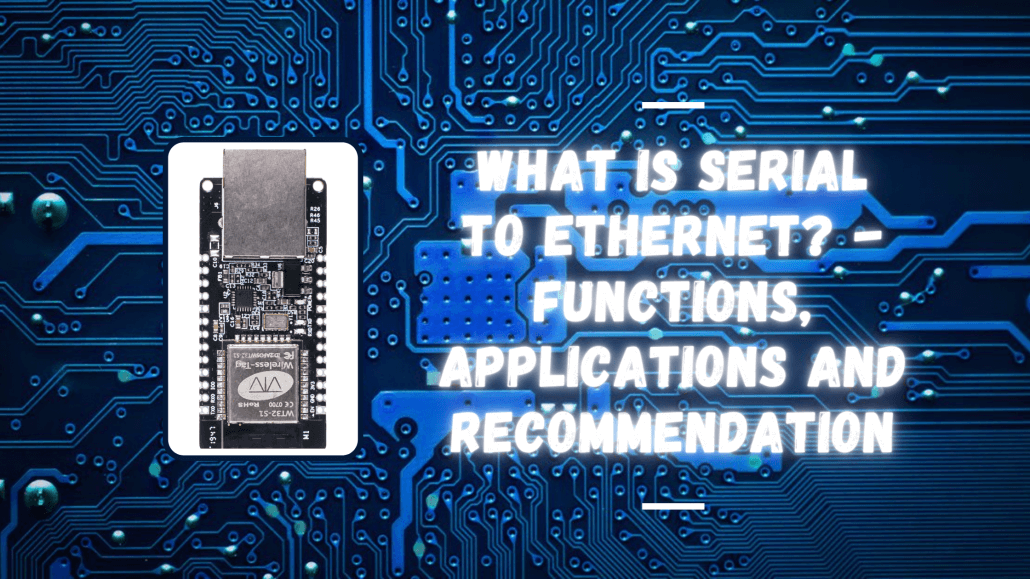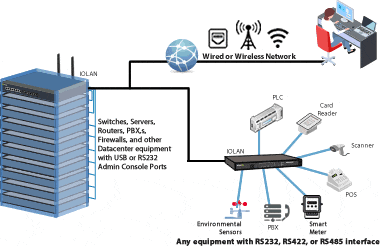What is Serial to Ethernet? – Functions, Applications and Recommendation
Ever encountered a situation where you want to connect your serial device to your computer? That’s where a Serial to Ethernet Converter comes in! If you’re interested in getting one for your use, then just stick around for it!

Overview of Serial to Ethernet
What is Serial to Ethernet?
A Serial to Ethernet converter allows a device that uses Serial interface to connect to your computer either over wired or wireless means, be it LAN or internet.

How does Serial to Ethernet work?
Though Serial to Ethernet converters come in different sizes, the way it works are technically the same.
First, install the driver software called virtual COM on your computer. Then transmit IP/TCP data packet into serial data and transmit serial data into IP/TCP packets bidirectional, back and forth.

Application of Serial to Ethernet
Since its main function is for connection, the applications are pretty limited. Thus, it is used to connect serial ports (RS232, RS485, or RS422) devices such as barcode scanners, GPS, serial port printers etc. This would then allow to remotely control and communicate with the serial port device from the computer.

Serial to Ethernet Product Recommendation
After understanding how Serial to Ethernet works, we can finally show a product Seeed offers. Hopefully, this would aid you in future projects!
Serial to Ethernet Module based on ESP32 series – WT32-ETH01 ($5.90)

The WT32-ETH01 is a serial to ethernet module that is based on the ESP32 series WT32-S1 Microcontroller. This tiny board includes all the functionality of a regular ESP32 development board, it even has an RJ45 connector for Ethernet connection!
Features:
- Wireless Tag WT32-S1 based on ESP32 dual-core wireless System on Chip (WiSoC) with 4MB flash, onboard antenna for Wi-Fi and Bluetooth connectivity
- 26 dual expansion points with GPIO, enabling holes for pin headers and castellated holes for surface mounting.
- I2C, SPI, dual UART, EN, LINK, and 5/3v power.
Pros and Cons:
- Affordable price tag
- Petite
- Contains all the basic functionality of an ESP32 development board
- Works with Tasmota (open-source hardware that supports a wide range of devices)
- Does not provide PoE support
- Lacks an onboard connector
If you’re looking for a practical and cheap ESP32 development board, this should definitely be one of your choices!
But if you’re interested in the other ESP32 development board, check out ESP32 Development board – WT32-SC01 with 320×480 capacitive multi-touch screen!
Summary
And that’s it on Serial to Ethernet! Hope you learnt a bit on the background of serial to ethernet! Should you be interested in articles as such, check out other related articles down below to learn more!
Suggest Readings
SPI – Introduction to Serial Peripheral Interface – Speaking of serial, you can learn more about SPI here!
USB Serial: What is Ch340? – More serial? This time it’s on USB serial!
Overview of Computer Ports: Types, Functions and Comparison – To learn more about ports, do check out this guide!